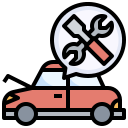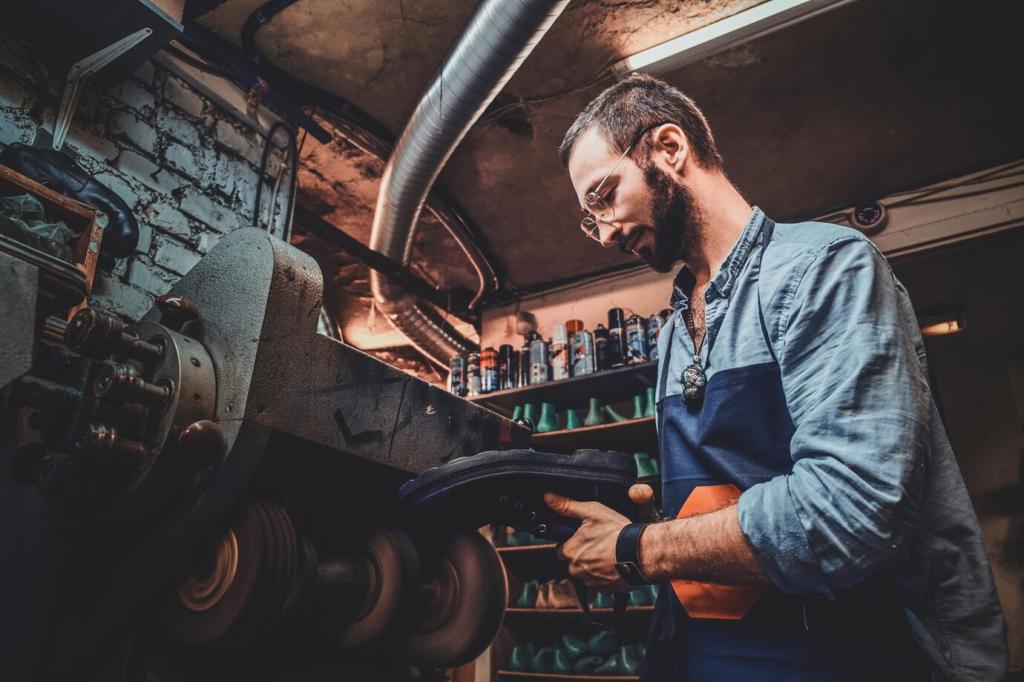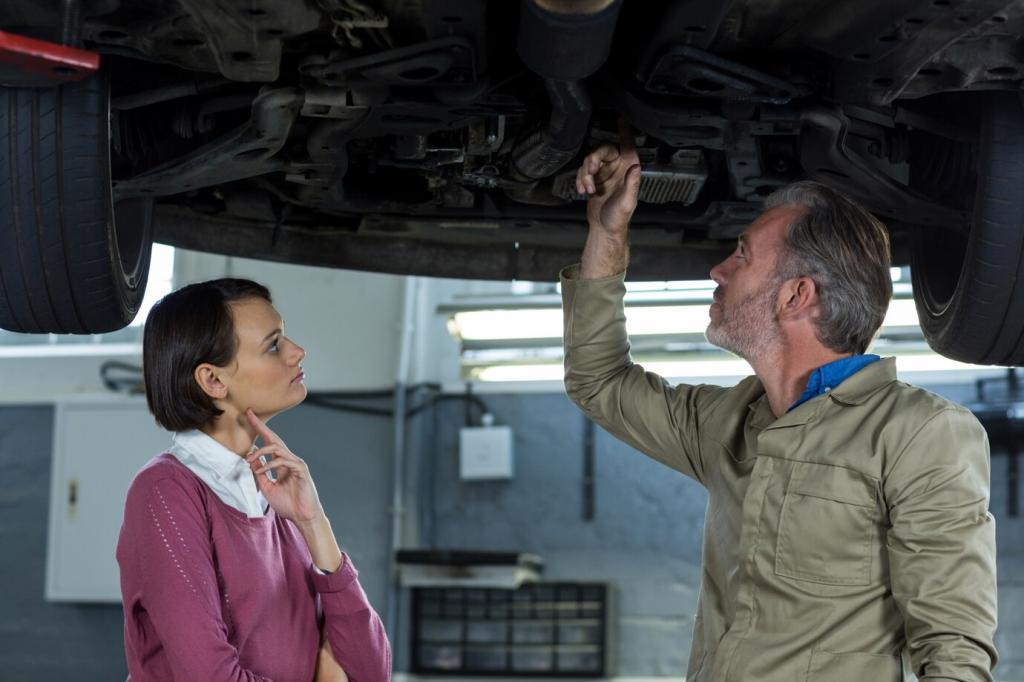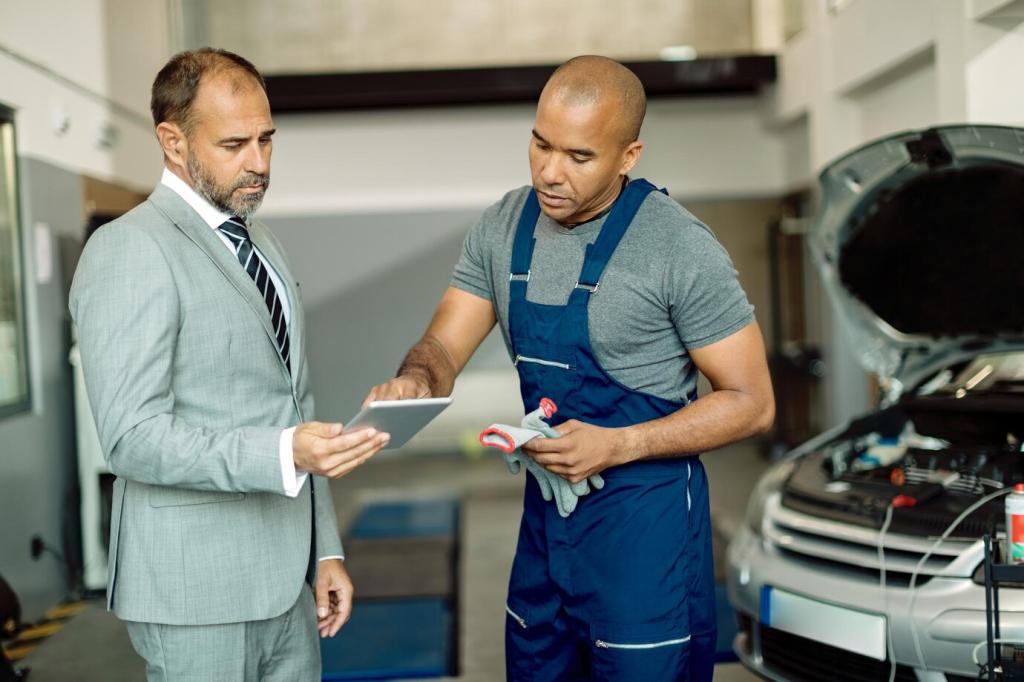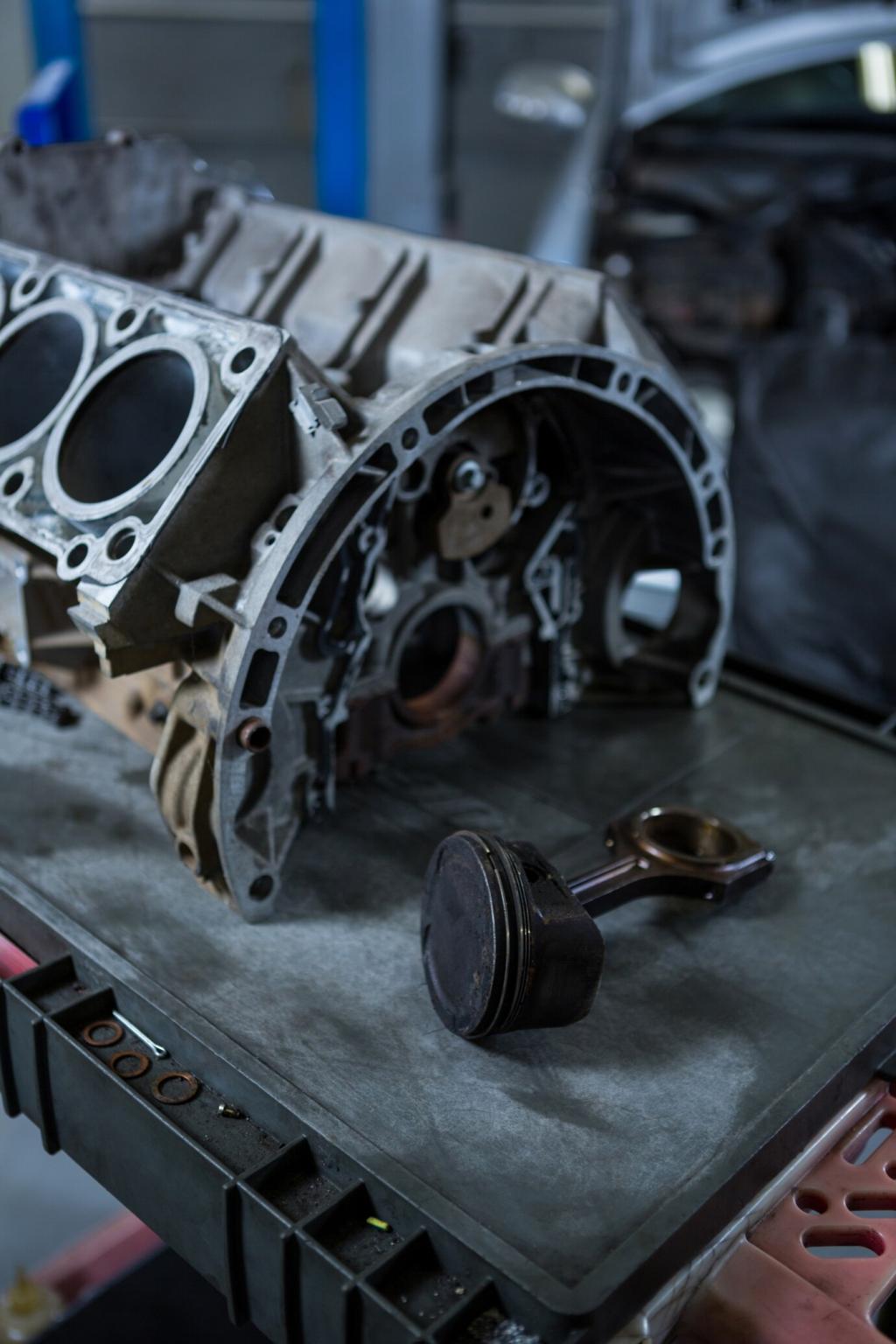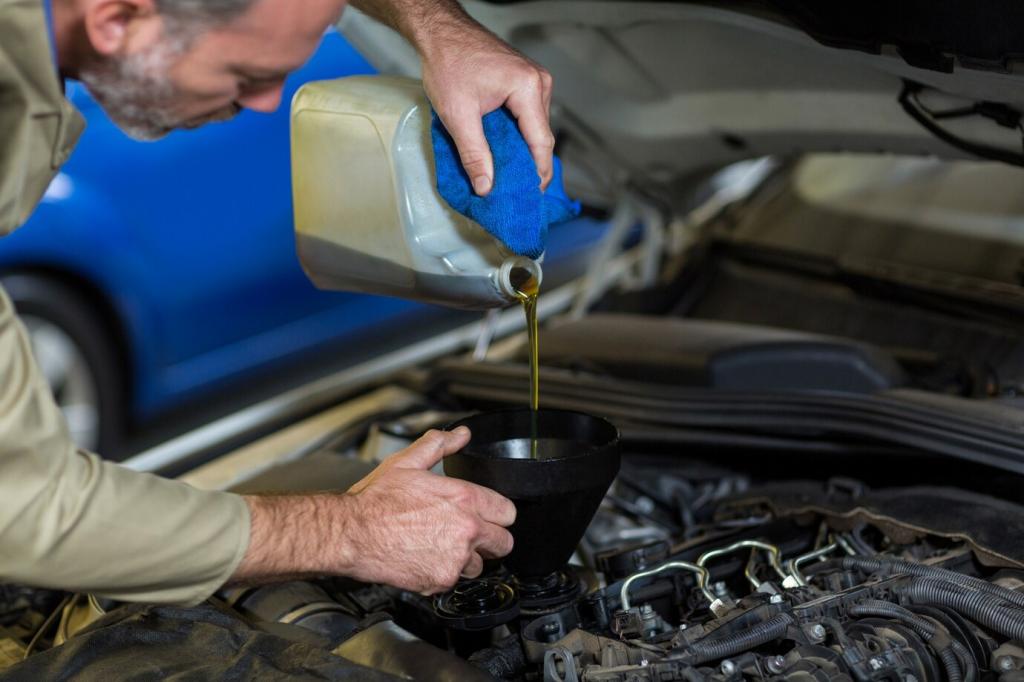Gathering Tools and Setting Up Your Safe Workspace
Have a lug wrench, torque wrench, jack and sturdy jack stands, brake cleaner, a C-clamp or piston compressor, a wire brush, and appropriate sockets. A catch sheet for dust, nitrile gloves, and eye protection make the job cleaner, safer, and far less frustrating when you’re replacing brake pads at home.
Gathering Tools and Setting Up Your Safe Workspace
Park on level ground, chock the wheels, and use jack stands—never trust only a hydraulic jack. Lay out tools within arm’s reach, silence phone distractions, and keep lighting bright. A calm, methodical environment reduces errors and helps you focus on each step of replacing brake pads at home.
Gathering Tools and Setting Up Your Safe Workspace
The first time I replaced pads at home, I nearly forgot to loosen the lug nuts before lifting. My neighbor laughed, then handed me a breaker bar. Ten minutes later, confidence bloomed. Share your first-time stories in the comments so others feel encouraged to try this safely at home.
